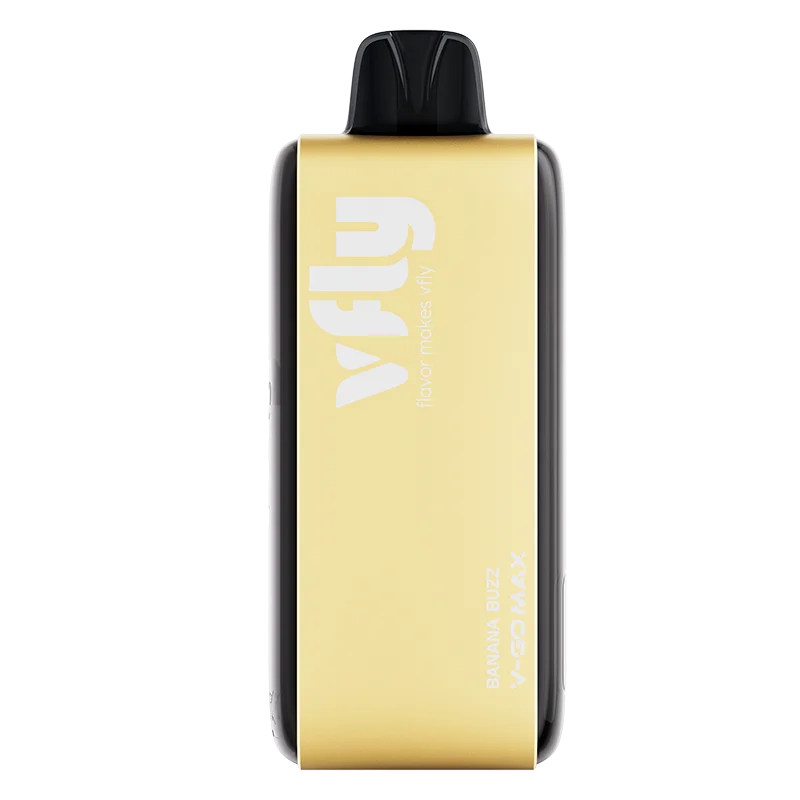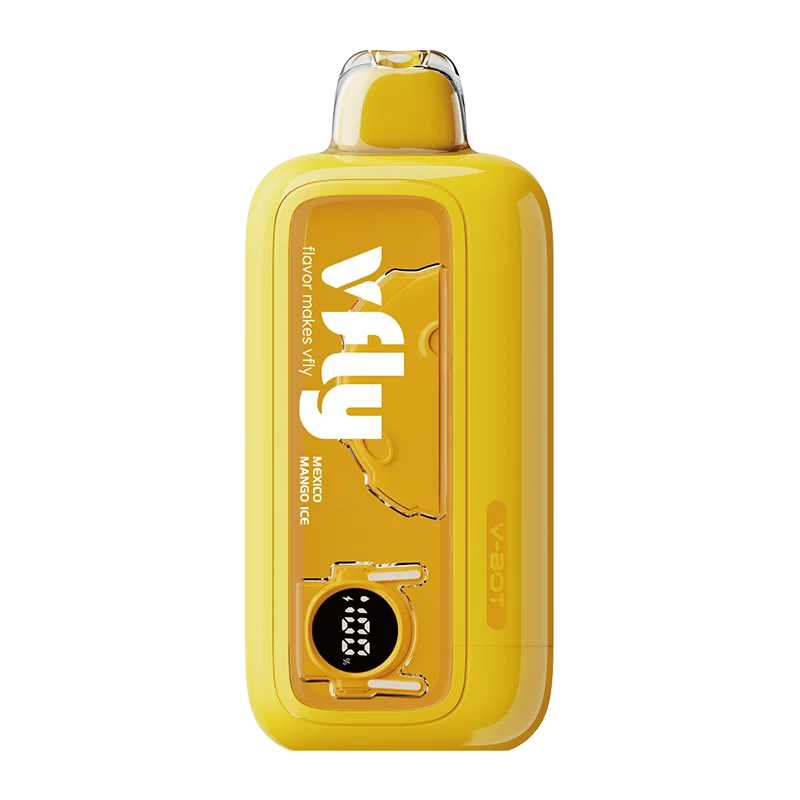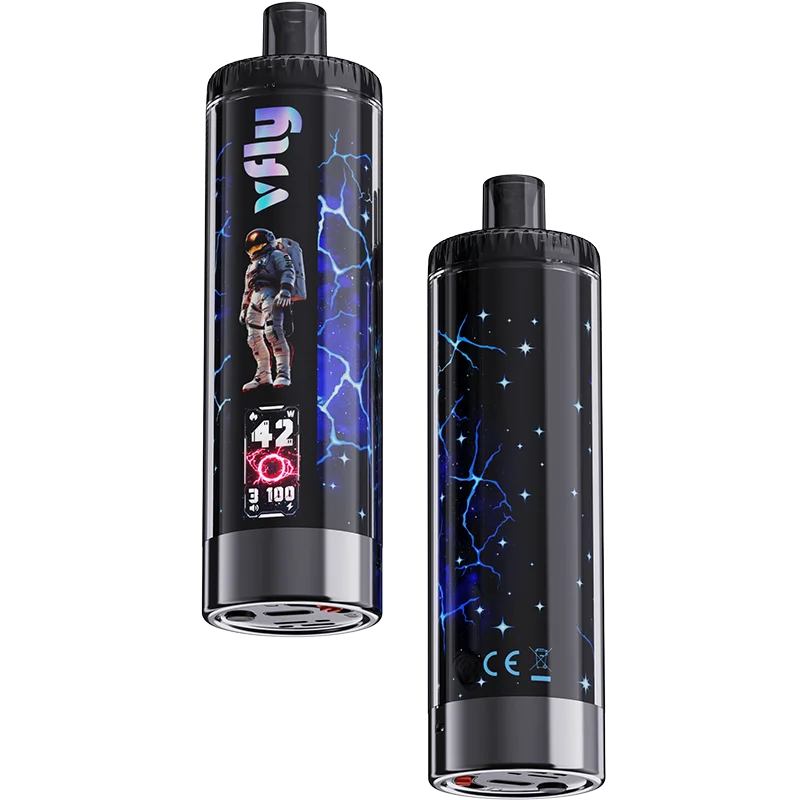Does Vaping Stain Teeth?
Vaping is often marketed as a cleaner alternative to smoking traditional cigarettes, but many users are left wondering: does vaping stain teeth? This is a common concern for both new and experienced vapers who are conscious of their dental health and appearance. In this guide, we’ll explore how vaping affects your teeth, whether it leads to staining, and how to minimize the risk.
Does Vaping Stain Teeth?
Yes, vaping can stain teeth, but typically not to the same extent as traditional cigarettes. The discoloration depends on several factors, including the type of e-liquid used, the frequency of use, and oral hygiene habits.
1. Nicotine is a Major Culprit
Nicotine—whether in cigarettes or vape juice—contributes to tooth discoloration. When nicotine is exposed to oxygen, it turns yellow. Over time, this yellowing can stick to tooth enamel, leading to visible stains. Even nicotine-free vapes may contain other ingredients that promote plaque buildup, which can dull the natural whiteness of teeth.
2. E-Liquid Ingredients and Artificial Coloring
Some e-liquids contain artificial colors, sweeteners, and flavoring agents that can contribute to staining. Dark-colored or strongly flavored e-liquids, such as coffee, tobacco, or berry flavors, are more likely to leave residue on your teeth, much like colored sodas or red wine.
3. Propylene Glycol and Vegetable Glycerin
The base liquids in most vape juices—propylene glycol (PG) and vegetable glycerin (VG)—aren’t directly linked to staining but can dry out your mouth. A dry mouth leads to less saliva production, which plays a critical role in naturally washing away food particles and plaque. A reduction in saliva allows stains to set in more easily.
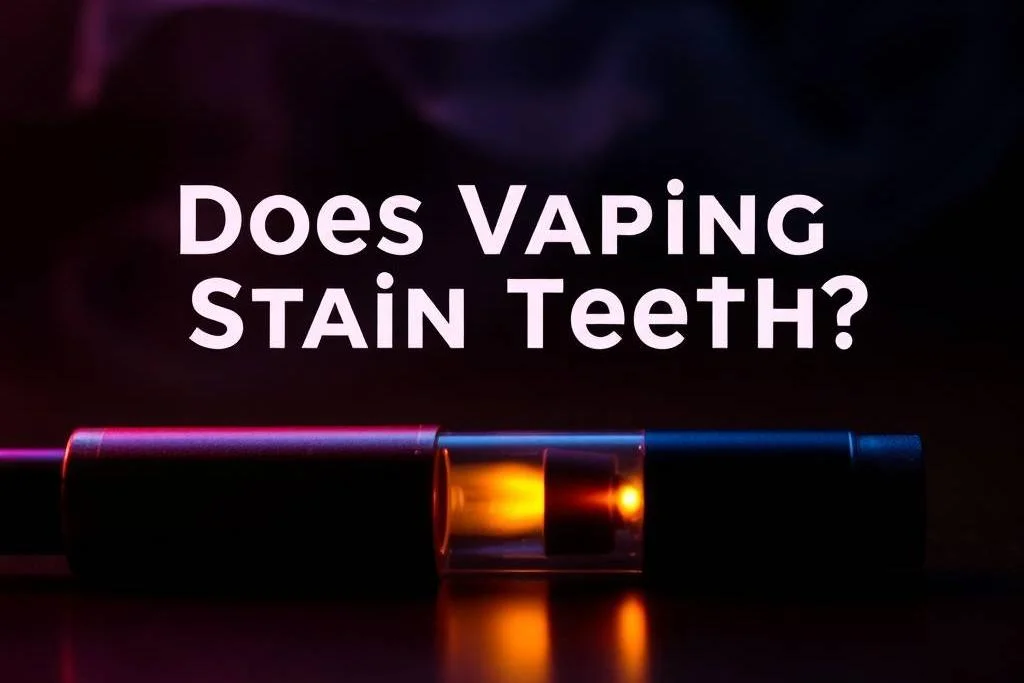
Vaping vs Smoking: Which Stains Teeth More?
Traditional cigarette smoke contains tar, a thick, sticky substance that aggressively adheres to tooth enamel and causes more severe yellowing or browning. Vapes, on the other hand, do not contain tar. As a result, vaping is less likely to cause heavy staining compared to smoking. However, that doesn’t make it harmless for dental aesthetics.
Other Dental Effects of Vaping
While staining is a cosmetic issue, vaping can also contribute to other oral health problems, such as:
- Dry mouth
- Increased plaque buildup
- Gum inflammation
- Tooth sensitivity
These issues can accelerate staining and lead to more serious dental concerns if not addressed.
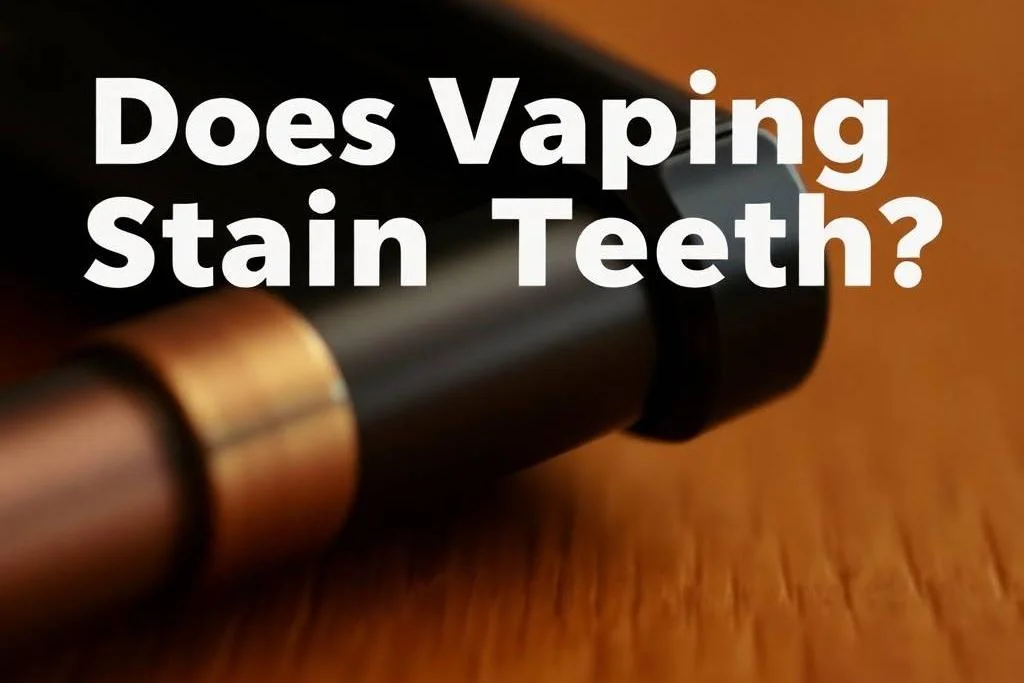
How to Prevent Vaping-Related Tooth Stains
If you vape and want to keep your teeth white, consider these preventive tips:
- Maintain Strong Oral Hygiene Brush your teeth at least twice a day and floss daily. Use a whitening toothpaste and consider an electric toothbrush for better plaque removal.
- Hydrate Regularly Drink plenty of water to prevent dry mouth and help rinse away residue.
- Use a Straw for Colored Beverages If you vape flavored juices that mimic coffee, soda, or wine, avoid consuming the actual drinks excessively, or use a straw to minimize contact with your teeth.
- Limit Dark or Colored E-Liquids Choose clear or lighter-colored vape juices to reduce the risk of visible stains.
- Visit Your Dentist Regularly Schedule professional cleanings every six months. Dentists can remove surface stains and monitor your oral health more effectively.
Conclusion
So, does vaping stain teeth? Yes—but typically not as severely as smoking. The extent of discoloration varies by individual habits, e-liquid type, and oral hygiene. While switching from cigarettes to vapes may reduce your risk of deep staining, vaping is not completely stain-free. If preserving your bright smile is a priority, consistent oral care and smart vaping choices are key.

